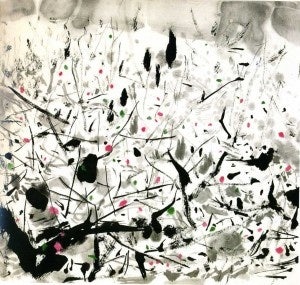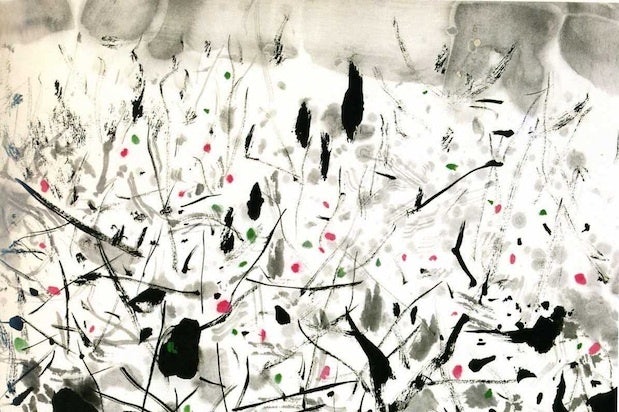Chinese Art Exhibitions In United States More Frequent#

With China becoming the world's largest art and antiques market in 2011, and much of the auction world's focused on Hong Kong, one development in the Chinese art world that's largely flown under the radar has been the rising global presence of Chinese ink paintings. Last summer, Jing Daily profiled the increasing frequency of Chinese art exhibitions in countries like the United States, concluding:
With more home-grown Chinese museums putting on larger and more comprehensive contemporary art shows every year, and more private museums set to open in the next two years — most of which will likely try to make names for themselves via “blue-chip” exhibitions — expect to see major Western museums include more Chinese artists in shows and put on more Chinese artist solo exhibitions. If there’s one thing a world-class museum hates, it’s falling behind world trends.
This week, the New York Times looks at the trend, noting that China's domestic drive to build more art museums and become an arts superpower in its own right is extending into the international arena:
The boom in museum construction, which some Chinese art experts liken to the expansion of museums in the United States at the end of the 19th century, has much to do with national pride. It comes with the full support of the national government as part of a cultural strategy known as “Going Out, Inviting In,” under which the government is giving its blessing to museums’ taking the initiative in offering an array of modern Chinese art for show abroad, including in the United States.
At the same time, the tone has changed from what used to be fairly blatant use of Chinese culture as state propaganda to a more sophisticated approach, Chinese and American museum directors say. In this spirit, individual museums in China, particularly art museums, are exerting more of their own leadership and relying less on central authorities to approve what they can send and show abroad.
The article goes on to discuss the collaboration between the Shanghai Art Museum and the Asia Society in New York on a show of 54 ink-on-paper works by Wu Guanzhong that opens today in New York. The Paris-trained Chinese artist, whose work combined contemporary brushwork with traditional Chinese ink-and-brush techniques, has become an auction favorite among China's new generation of art collectors, with Wu's lots regularly selling for millions in Hong Kong, mainland China and elsewhere. The collaborative New York exhibition follows shortly after the recent Fu Baoshi exhibition jointly organized by the Nanjing Museum and Cleveland Museum of Art.
As Chen Jianming, a vice chairman of the Chinese Society of Museums and the director of the Hunan Provincial Museum, told the New York Times, 395 museums were built across China last year. Though these museums were mostly devoted to history, Chen said more will be art-focused in the years ahead. Still, despite his optimism, Chen cautioned that the urgency to build venues for prestige (in the case of private builders or provincial authorities) may be leading to overcapacity, as "there are not enough trained personnel to build collections and oversee educational programs, and some new museums will not have sufficiently high-standard collections."
With the number of art museums in the country increasing rapidly, Chinese curators are increasingly targeting the United States. As the Times concludes:
[Fan Di’an, the director of the National Art Museum] said he was heartened that the Wu Guanzhong and Fu Baoshi exhibitions had made their way to major New York museums.
“For the Western point of view, the 20th century is Western art, and the art of Modernism,” he said. “I don’t think that is fair. These days, when Western scholars discuss modernity, they should also discuss Chinese modernity.”
